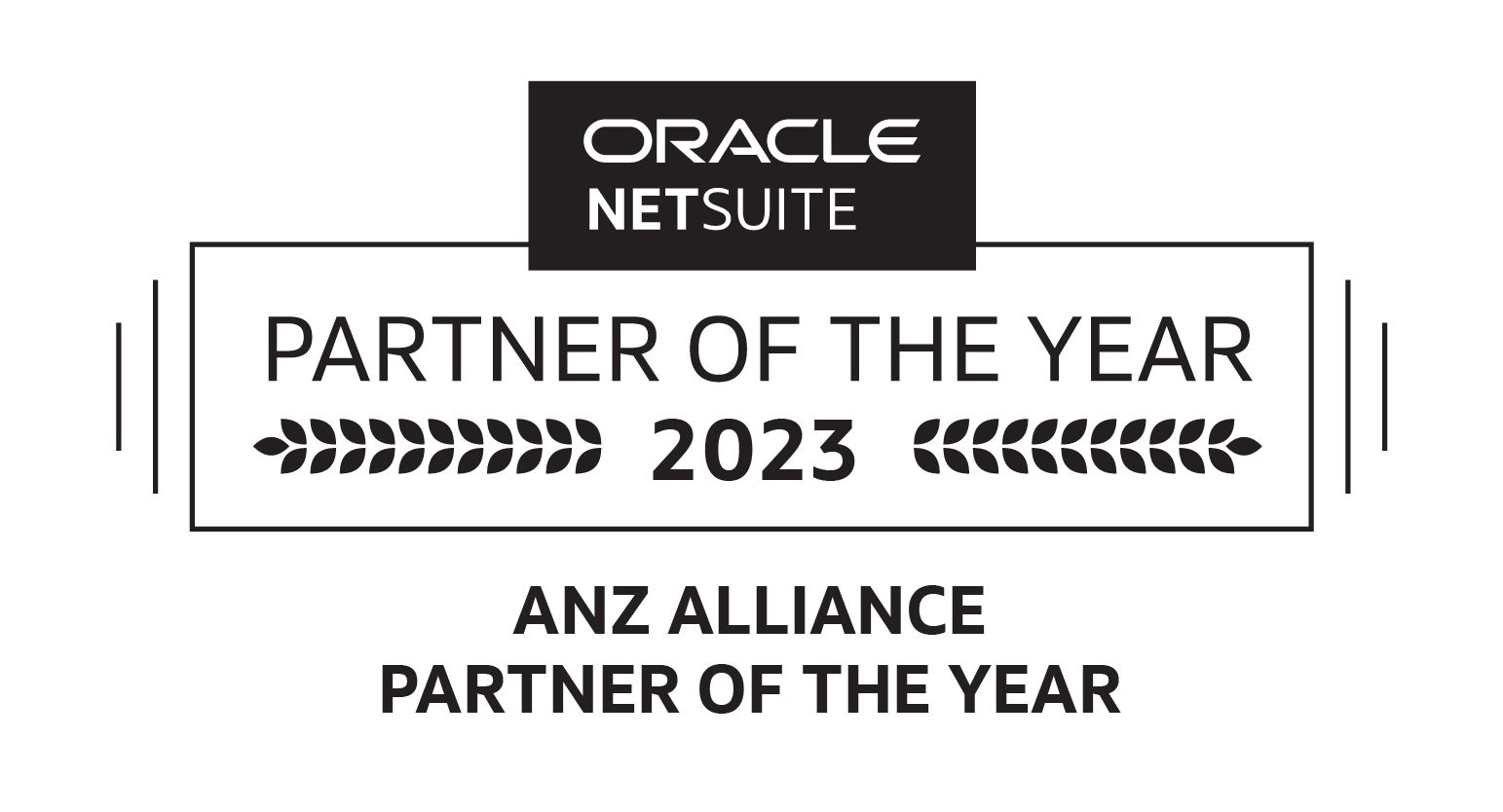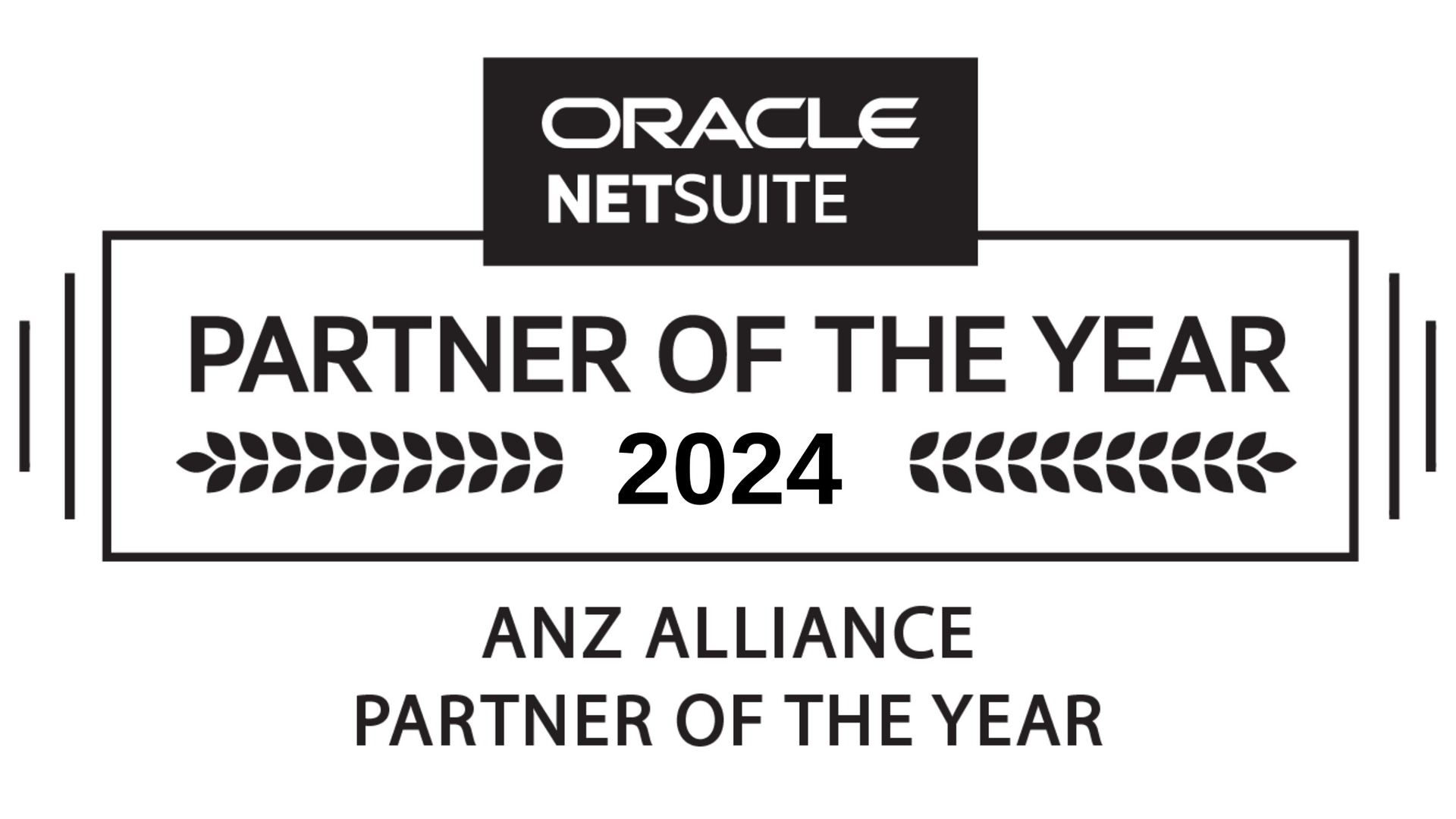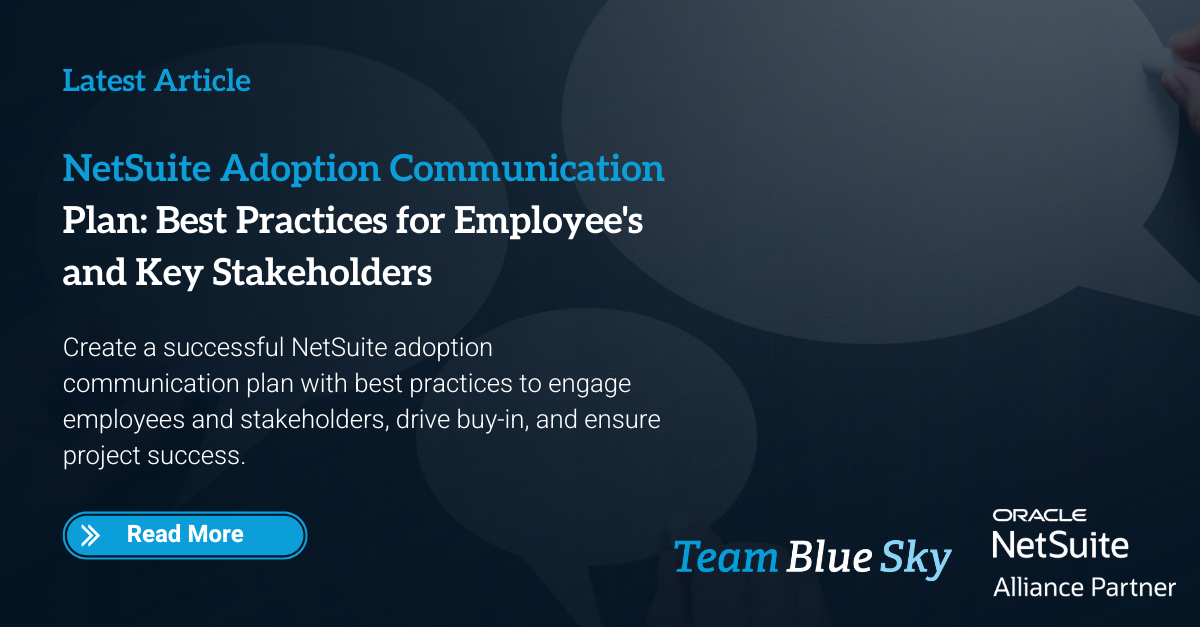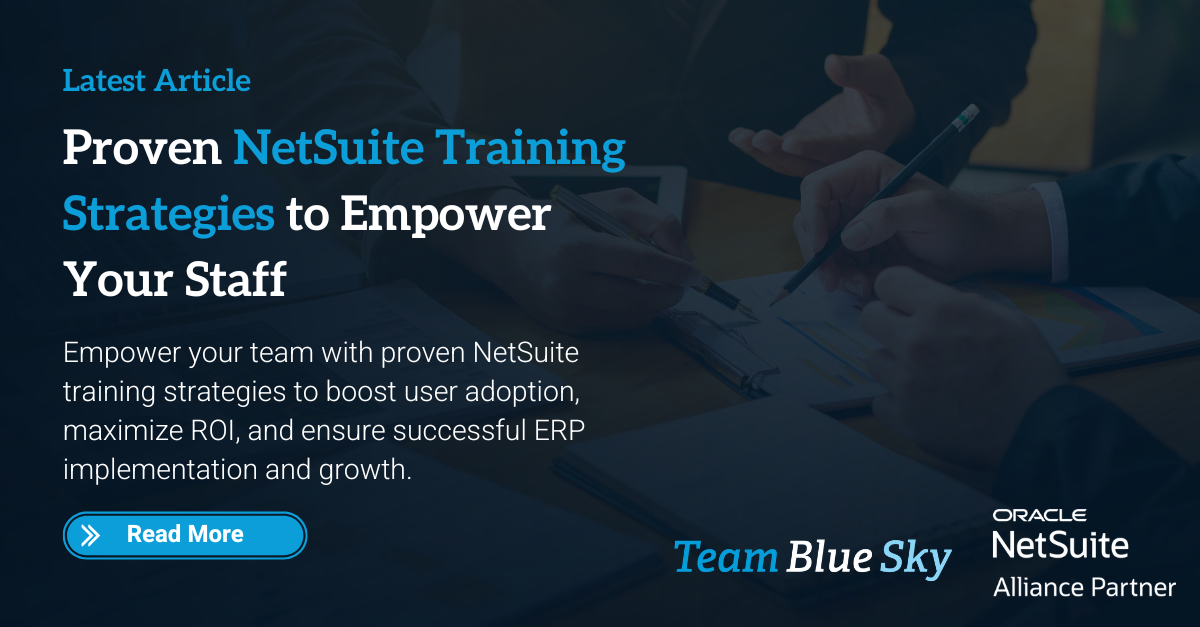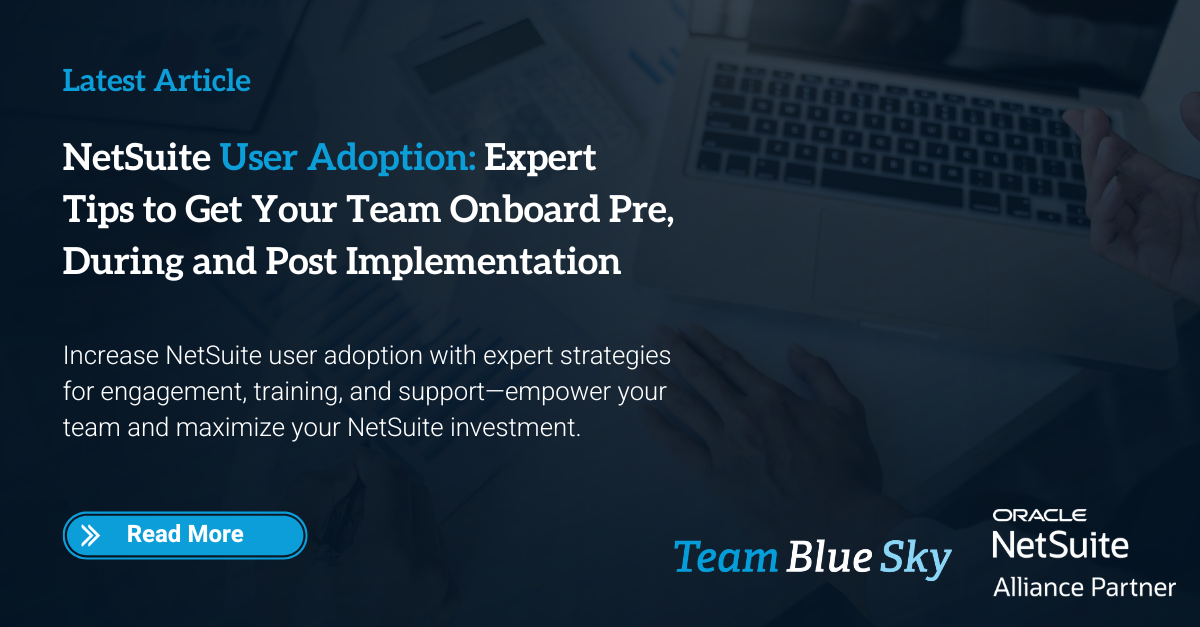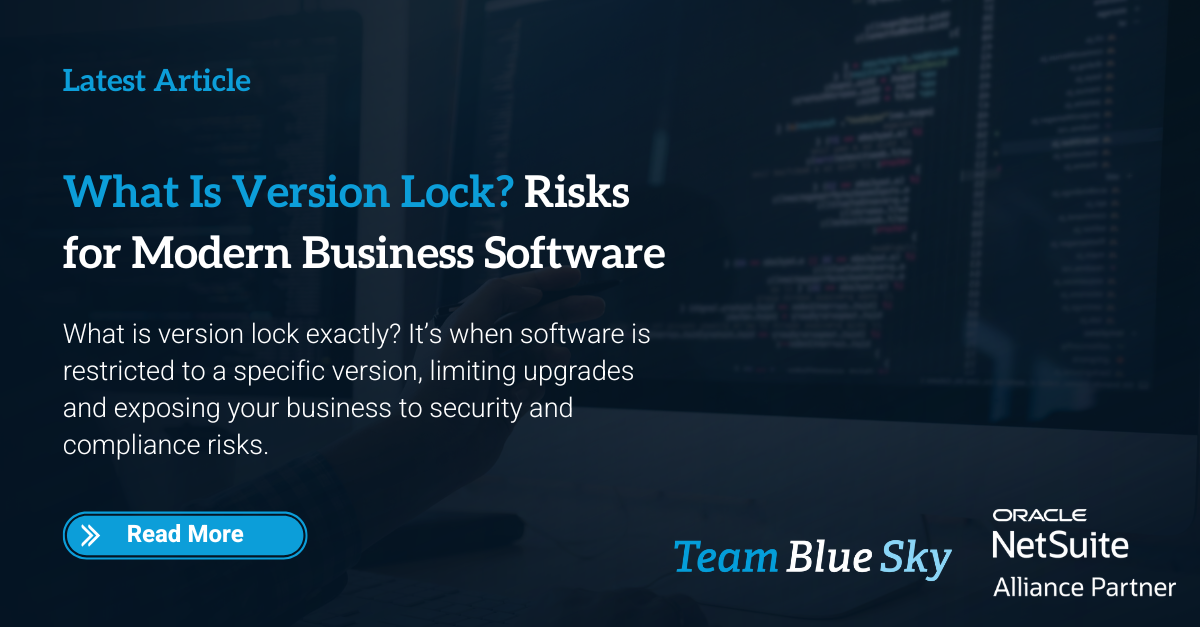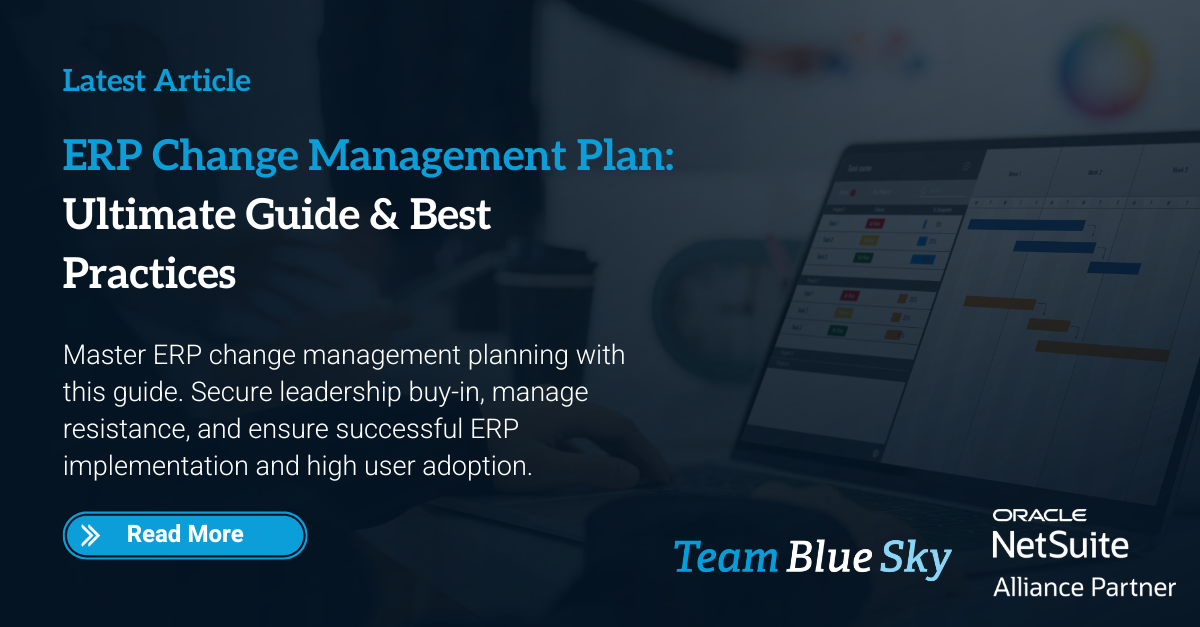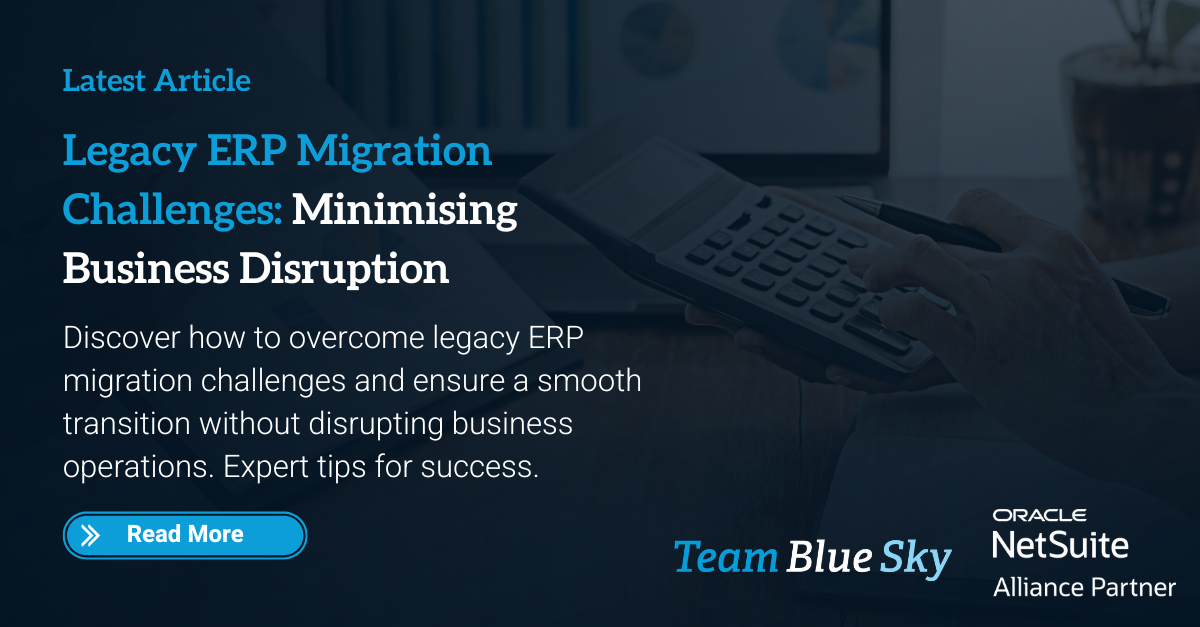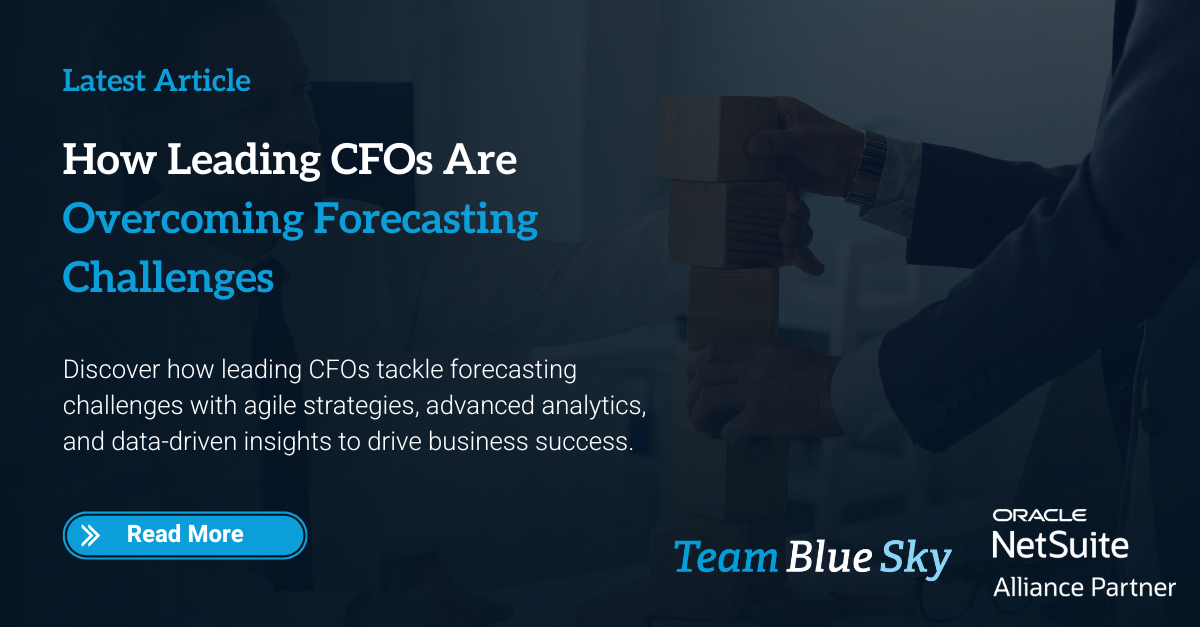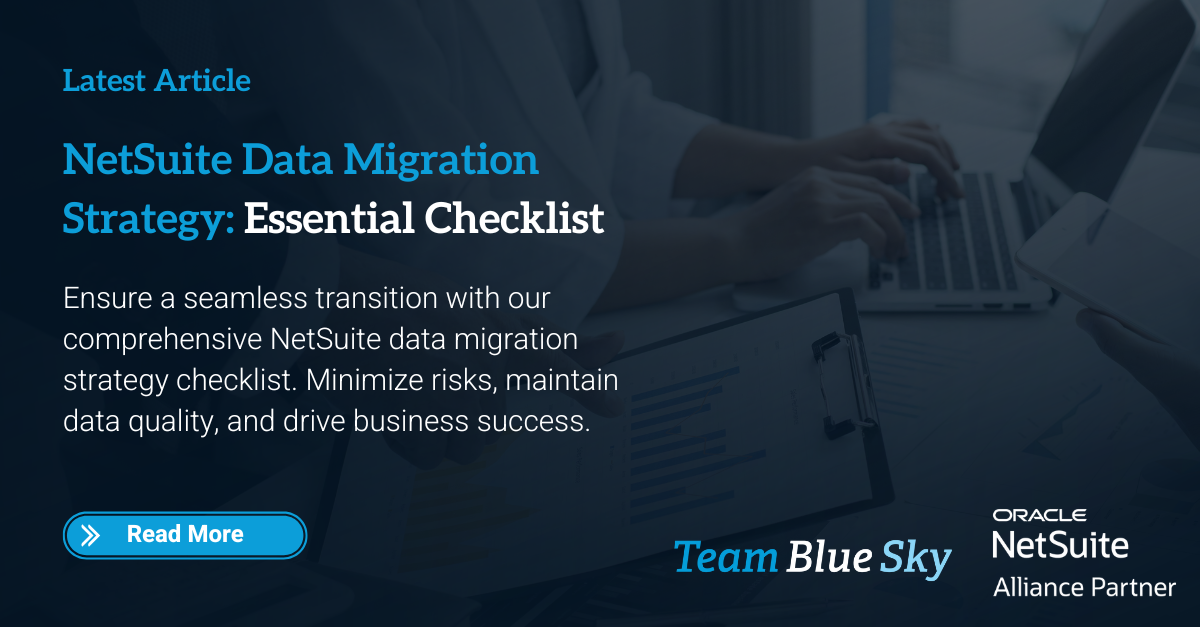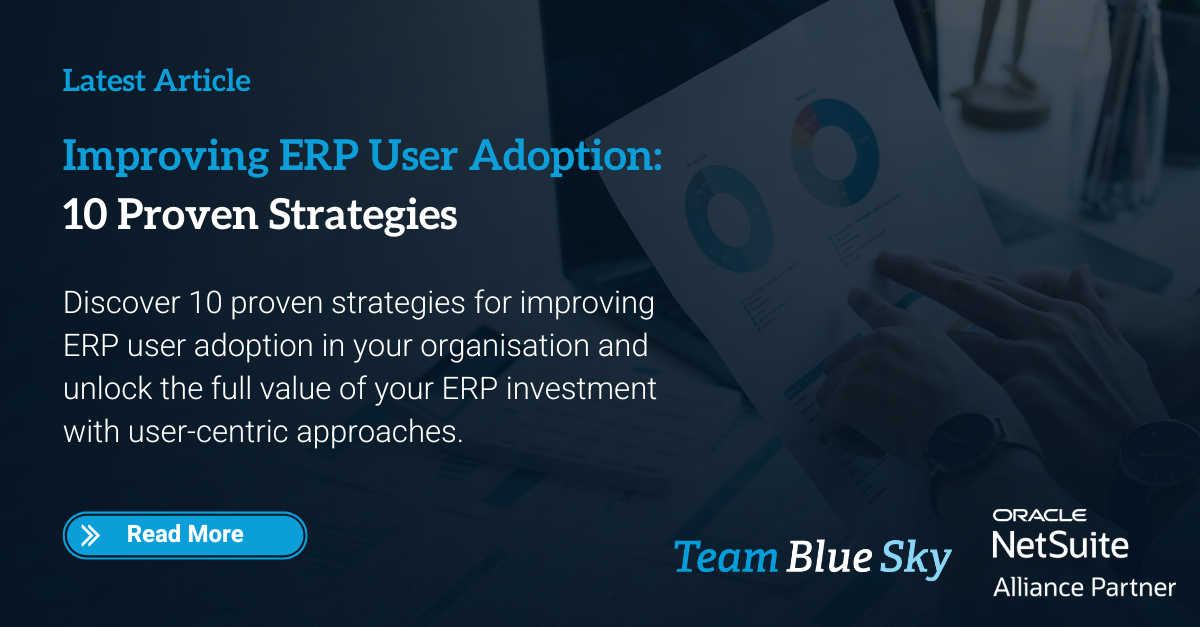AASB 16 Explained and How Your Operating Lease Accounting Practices Need to Change
AASB 16 is a lease accounting standard that went into effect on January 1, 2019. The purpose of AASB 16 is to improve financial reporting by lessees and lessors about leases. AASB 16 replaces IAS 17. The main changes brought about by AASB 16 are: lessees will be required to recognise most leases on their balance sheet; the recognition, measurement, and presentation of expenses and income related to operating leases will change; and disclosures about leasing arrangements will be enhanced.
What Types of Assets Does AASB 16 Apply to?
AASB 16 applies to all operating leases of non-financial assets, with some exceptions. AASB16 does not apply to financial assets, such as loans and receivables, nor does it apply to intangible assets that are within the scope of AASB 138 Intangible Assets definitions.
Businesses are required to recognise most leases on their balance sheet as a right-of-use asset and a corresponding liability. The right-of-use asset represents the lessee’s right to use the underlying asset for the operating lease term, while the liability represents the lessee’s obligation to make lease payments. The recognition, measurement, and presentation of expenses and income related to leases will change under AASB16 however, lessor accounting is largely unchanged from IAS 17.
Changes to the Recognition of Rental Expenses
Under AASB 16, lessees recognise rental expenses on a straight-line basis over the lease term, unless another systematic basis is more representative of the time pattern in which the use of the underlying asset is expected to occur.
The recognition of expenses will also be different for short-term leases and leases of low-value assets. For short-term leases (i.e., a finance lease with a term of 12 months or less), lessees can choose to either recognise all lease payments as expenses on a straight-line basis or recognise them as expenses in the period in which they are incurred. For leases of low-value assets (i.e., assets with a value of AU$5,000 or less at the commencement of the lease term), lessees can choose to either recognise all lease liability payments as expenses on a straight-line basis or not recognise any lease payments as expenses and instead depreciate the asset over its useful life.
Changes to the Recognition of Rental Income
Lessees continue to recognise rental income on a straight-line basis over the lease term. However, AASB16 requires that any revenue from variable lease payments (i.e., payments that depend on an index or a rate) be recognised in profit or loss only to the extent that it is reasonably certain at the commencement of the lease that the revenue will be received.
Disclosures About Leasing Arrangements
AASB 16 requires enhanced disclosures about leasing arrangements, both for lessees and lessors. Lessees are required to disclose information about the amount, timing, and uncertainty of cash flows arising from leases; the extent to which assets and liabilities arising from leases are recognised on the balance sheet; and information about significant judgements made in applying AASB16.
Lessors are required to disclose similar information, as well as information about the amounts of variable lease payments that depend on an index or a rate that is included in the measurement of the net investment in the lease and the leased asset.
AASB 16 is effective for reporting periods beginning on or after 1 January 2019, with earlier application permitted. Lessees and lessors are required to apply AASB 16 using a modified retrospective approach, which means that the requirements of AASB 16 will be applied to all leases existing at the date of initial application. However, as previously mentioned, lessees and lessors will have the option to elect not to apply AASB 16 to leases with terms of 12 months or less, as well as leases of low-value assets.
What are the Business Impacts of AASB 16?
The introduction of AASB 16 has had a significant impact on the financial statements of companies that enter into leasing arrangements. If you are a lessee, you need to recognise assets and liabilities on your balance sheet for leases with terms of more than 12 months. The recognition of these assets and liabilities will have an impact on a number of financial ratios, such as the debt-to-asset ratio and the return on assets ratio.
As AASB 16 requires the recognition of expenses on a straight-line basis over the lease term, companies will need to reassess their current accounting policies and practices to ensure compliance. This may require changes to the way in which leases are classified and accounted for.
Additionally, the enhanced disclosures required by AASB 16 will provide greater transparency about a company’s leasing arrangements. This will be beneficial for investors and other users of financial statements, as they will be able to gain a better understanding of a company’s financial position and performance.
AASB 16 is a significant change to accounting standards and will have a wide-ranging impact on lessees and lessors. It is important that you understand the requirements of AASB 16 obligations and how they will affect your business.
How Can Lease Management Software Help Reduce the Burden of Managing AASB 16 Obligations?
Lease Management Software, like NetLease from Netgain, can automate many of the processes and calculations required to comply with AASB 16. NetLease, together with NetSuite, calculates all the key AASB 16 financial measurement ratios, including the debt-to-assets ratio NetLease also provides a range of reports to support the enhanced disclosure requirements.
NetLease can also help lessees and lessors to manage their leases more effectively, by providing a centralised repository for all lease-related information. This can help to reduce the risk of errors and omissions in financial statements, as well as provide a single source of truth for users of the financial statements.
AASB 16 is a significant change to accounting standards and will have a wide-ranging impact on lessees and lessors. It is important that you understand the requirements of AASB 16 and how they will affect your business. NetLease from Netgain can help reduce the burden of complying with AASB 16, as well as provide a range of other benefits for companies that enter into leasing arrangements.
About TeamBlueSky and Netgain
TeamBlueSky and Netgain are working together to help Australian businesses simplify the process of becoming AASB 16 compliant. TeamBlueSky are a leading NetSuite Alliance partner and an implementation partner for NetLease, a lease management software solution that is fully integrated with NetSuite. Netgain are NetSuite experts and have helped many businesses across Australia to implement and optimise NetSuite for complex accounting requirements including Leases and Loan management, financial period close, fixed asset management and more.
If you have any questions about AASB 16 or need assistance with compliance, please contact us. We can help you ensure that your accounting policies and practices are compliant with the standard.

Henry Sack
General Manager

With over 12 years of experience as a NetSuite implementation consultant, Henry Sack leads TeamBlueSky’s team of NetSuite and accounting experts in his role of General Manager.
TeamBlueSky is a leading Australian
NetSuite Alliance Partner whose mission is to provide critical
NetSuite BPO and
Payroll services to NetSuite clients who are wanting to simplify their
back office processes and partner with a leading
NetSuite administration expert.
TeamBlueSky have also partnered with global Suite Developer Network partners to offer local solutioning, implementation and support services for global NetSuite SuiteApps.


